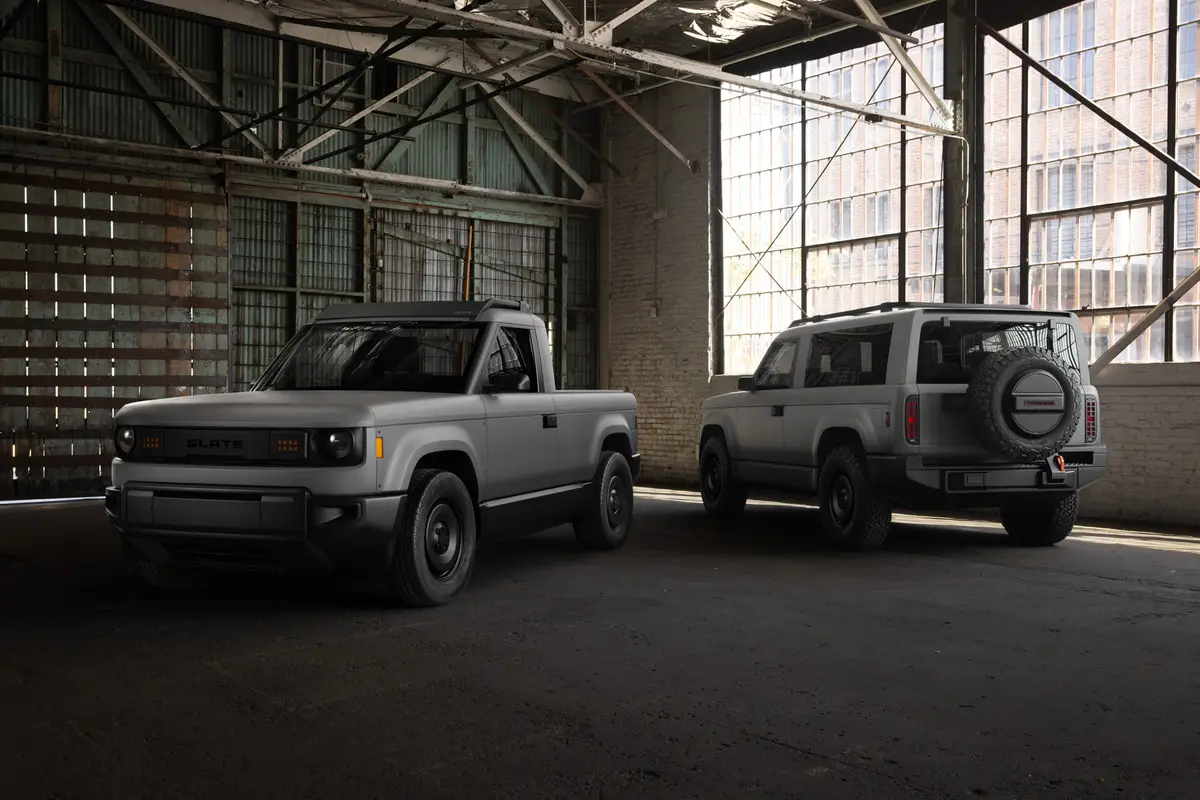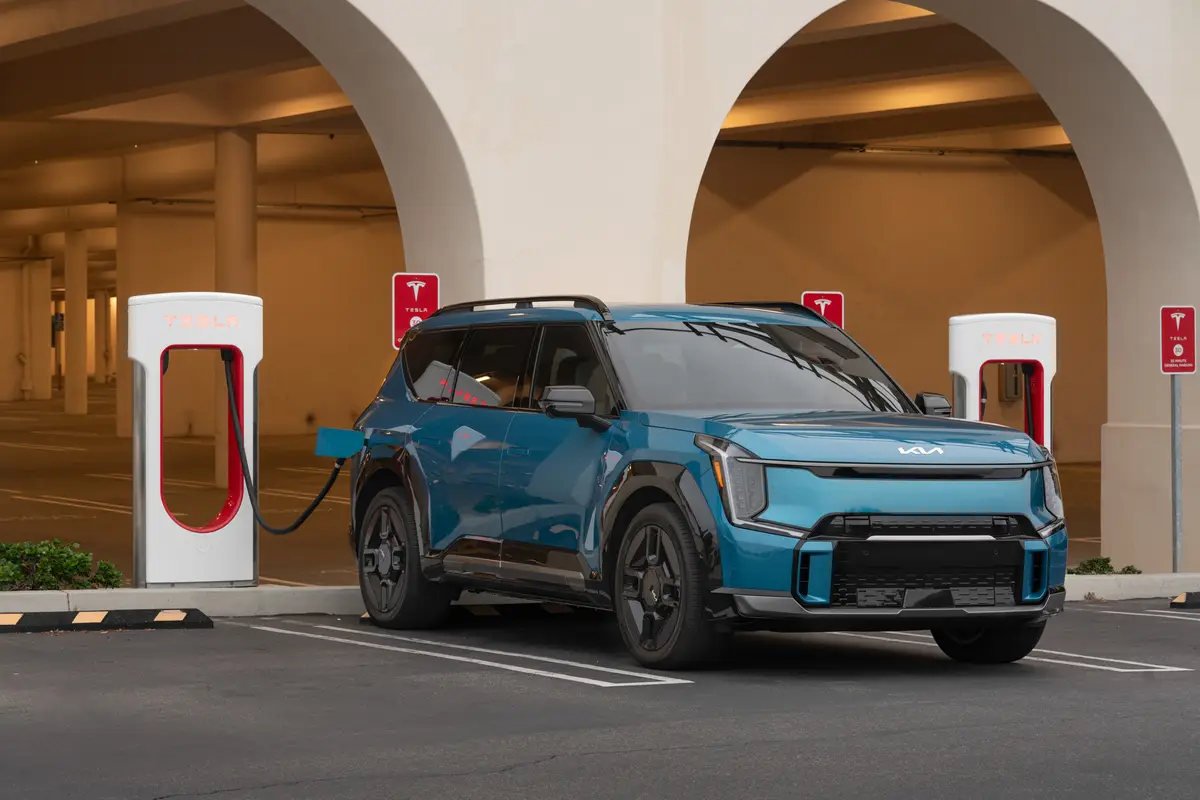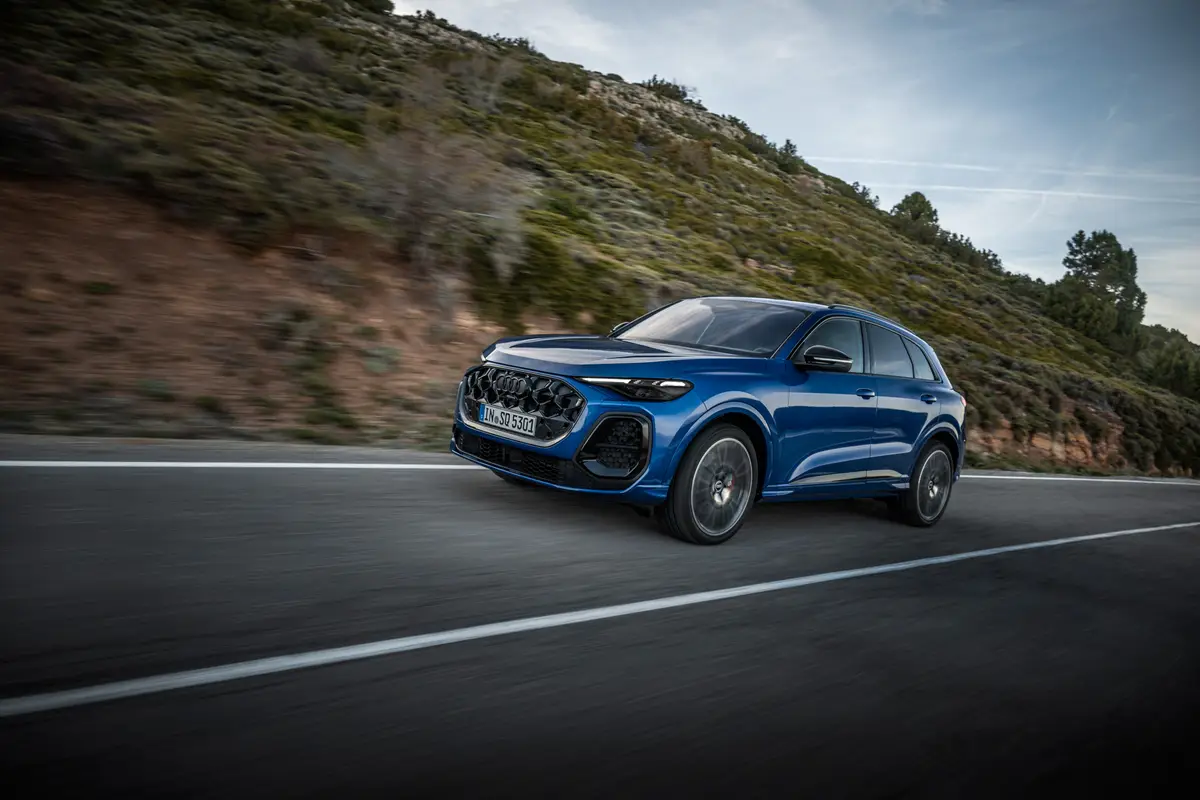chicagotribune.com's view
When it came to giving compact-car buyers an alternative to the Chrysler PT Cruiser, Chevrolet unveiled the HHR.
And when it came to giving Cruiser buyers an alternative to the sedan, Chrysler gave them a convertible.
But when it came to giving HHR buyers an alternative, Chevy brought out a panel van.
Can’t help but feel an HHR convertible would have been a more welcome addition to the family.
HHR is the update of the 1949 Chevy Suburban sport-utility. Chevy, like Chrysler, felt selling only one version of its compact sedan would hurt its staying power. And though Chrysler toyed with the idea of a panel PT, it added convertible and high-performance GT Cruisers instead.
Chevy, however, did go the panel-van route.
Chevy has come up with a multipurpose vehicle, a delivery van for small businesses and a cargo van for surfer dudes and dudettes to carry their boards.
But while it looks great in pictures, slip behind the wheel of the 2007 HHR Panel Van like we did and you realize how true the adage is that you better be careful what you wish for because you may get it.
Chevy wanted to offer a model that Cruiser didn’t.
One problem is that the panel van comes with two front seats and a massive cargo hold — but no second-row seats. So a surfer dude or dudette can haul his or her board and one friend, but no one else.
Worse than the social shortcomings of only two seats is the visual handicap of having no windows behind the front doors. Instead, you have a large metal panel along both sides on which to paint name, address and phone number of your company.
Without windows, you have trouble seeing what’s coming up from either side or behind, what may be in your path when backing out of a parking stall or what may be approaching from the side as you enter and leave the intersection.
A week spent with the panel van was time spent trying to maximize vision in a vehicle designed to minimize it. When asked to run an errand, always bring someone along to serve as your eyes on the passenger side. Think parking your sedan next to a large SUV or pickup presents a problem when it comes time to leave? Try that when you have no side windows and no one in the passenger seat to scream as you slither out in reverse.
There still are side rear doors to enable you to load and unload cargo from both sides of the vehicle as well as from the rear liftgate. But the doors have no external handles. You open them by pushing release buttons in the dash or reaching through the front doors and pulling the inside handles.
Should your teen say this is the vehicle he or she has heart set on, you would be forgiven for locking the kid in the basement, at least until fall, when Chevy will add a new version with fully functional rear doors and windows so you can see when backing up or crossing an intersection.
Second-row seats will be added, as well. But don’t fret, dudes and dudettes, they will fold to hold the surfboard.
Even with front and rear windows, there will be a metal panel behind the rear doors to display the name and number of the delivery shop so the van can still serve the commercial purpose, only much more safely.
Chevy expects to sell at least 10,000 panel vans this year, mostly for use as delivery trucks, as well as to some surfers and bikers as an enclosed van to hide the valuables.
The area usually occupied by the second-row seats now holds two lockable storage containers in the floor. The area in back carries cargo as well as an adjustable thick plastic shelf that can be positioned into one of three settings to hold items on and above it or below it.
The Panel Van also comes with a thick rubberized cargo mat that runs from the back of the front seats to the end of the cargo floor to help hold items in place and keep damp or wet items from spoiling the carpeting. Nice touch for $95.
The HHR Panel is offered in LS and LT trims, with 2.2-liter, 149-horsepower 4-cylinder or 2.4-liter, 175-h.p. 4-cylinder engines and a choice of 5-speed manual or 4-speed automatic transmissions.
Our test vehicle came with the 2.4 liter and automatic. It has ample spirit to sprint from the light, though with some traditional 4-cylinder growl if you kick the pedal hard to pass or merge.
The mileage rating is 23 m.p.g. city/30 highway, and with the 16.2 gallon tank that means about 400 to 500 miles from a fill, very good mileage for those delivering goods or your average dude or dudette.
“There aren’t many vehicles designed for commercial use that provide 30 m.p.g.,” Chevy general manager Ed Peper said, and we have to allow him that boast. The fuel gauge moved so slowly we at first thought it came with a 20-gallon tank.
Inside, the Panel Van seats two with a cavernous cargo hold behind them. Tie-down points are located along the floor. The two lockable storage compartments are large enough to hold small computers. An auxiliary power outlet is available in the rear of the cargo area.
The Panel Van LT tested starts at $18,005. Standard equipment includes power windows, locks, mirrors and seats; air conditioning; AM/FM stereo with CD player and MP3 capability; rear window washer/wiper/defroster; and 17-inch all-season tires.
The test vehicle added the 4-speed automatic with remote start at $1,000, side-curtain air bags and anti-lock brakes in a $795 package and heated leather seats at $750, though heated leather seats seem more than a bit out of place in a work vehicle.
Good looks and great mileage, but this is one vehicle you dare not buy without taking a test drive to determine just how much vision you are willing (or able) to sacrifice. It probably would be worth waiting for the extra windows and seats this fall.
– – –
2007 Chevrolet HHR panel van
Wheelbase: 103.5 inches
Length: 176.2 inches
Engine: 2.4-liter, 175-h.p. 4-cylinder
Transmission: 4-speed automatic
Fuel economy: 23 m.p.g. city/30 m.p.g. highway
Price as tested: $23,404*
THE STICKER
$18,005 Base
$1,000 4-speed automatic and remote start
$795 Enhanced safety package with side-curtain air bags and ABS
$750 Heated leather front seats
$695 OnStar emergency communications system with one-year free service
$445 Body-colored running boards
$395 Polished 17-inch aluminum wheels
$295 Chrome door handles, roof rails and outside mirrors
$295 Convenience package with auto-dimming mirror, steering-wheel radio controls and leather-wrapped steering wheel
$295 Audio upgrade with seven Pioneer speakers
$199 XM satellite radio with three months free service
$115 Fog lamps
$95 Cargo mat
$25 Lockable cargo storage in floor
*Add $590 for freight.
PLUSES
Good looking panel van for delivery service as well as hauling bikes or boards out of sight.
Very good mileage.
MINUSES
No rear side windows so no side vision when getting out of parking spot or pulling into and, most important, out of intersection.
No rear seats.
Latest news



